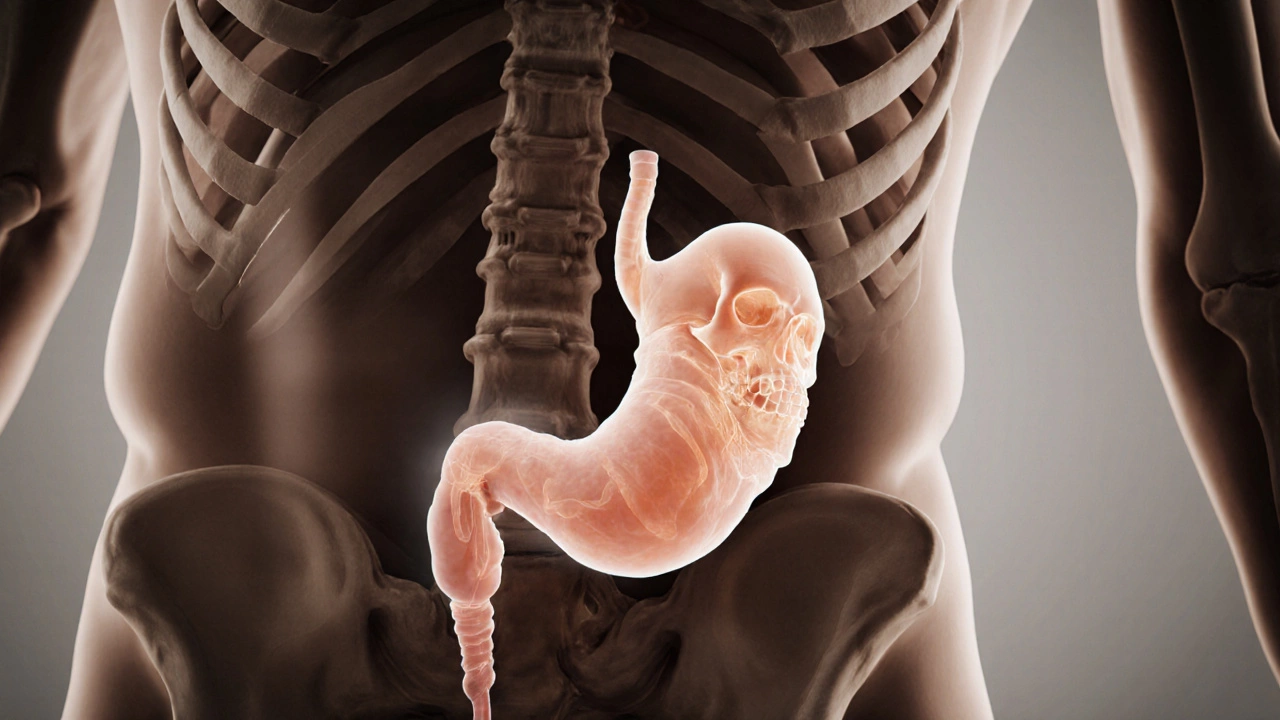Cancer Silent Killer: What It Is and Why It Matters
When talking about cancer silent killer, a term used for cancers that grow without clear symptoms until they reach an advanced stage. Also known as asymptomatic cancer, it often flies under the radar, making early diagnosis a real challenge.
One of the biggest related concerns is deadly cancers, cancers with low survival rates such as pancreatic, lung, and brain tumors. These cancers tend to be silent killers because they rarely cause pain or visible signs early on. Another key entity is cancer prognosis, the outlook for a patient based on stage, type, and treatment options. Understanding prognosis helps patients and doctors decide when aggressive treatment or comfort‑focused care is appropriate. cancer pain, the physical discomfort caused by tumor growth or treatment side effects, often spikes only after the disease is advanced, reinforcing the silent nature of these tumors. Finally, palliative care, supportive care aimed at relieving symptoms and improving quality of life, becomes essential when cure is unlikely.
How Silent Cancers Slip Past Detection
Silent cancers usually lack obvious warning signs. They might cause subtle fatigue, a slight change in appetite, or no symptom at all. That’s why routine screenings—like low‑dose CT scans for high‑risk smokers or endoscopic checks for gastrointestinal cancers—matter. Early detection cancer silent killer can dramatically improve survival odds, turning a hidden threat into a treatable condition.
When a silent tumor finally shows up, patients often face intense pain, organ dysfunction, or rapid health decline. Managing this pain requires a mix of medication, nerve blocks, and sometimes radiation aimed at shrinking the tumor. At the same time, clinicians assess the cancer prognosis to decide whether curative surgery, chemotherapy, or solely palliative measures are realistic. The goal shifts from eradicating disease to keeping the patient comfortable and preserving dignity.
Research shows that patients who receive early palliative care report less pain, fewer hospitalizations, and a better sense of control. This care can include physical therapy, counseling, nutrition advice, and symptom‑focused medication. It’s not about giving up; it’s about adapting the treatment plan to the reality of a silent, late‑stage cancer.
In the articles below you’ll find real‑world stories about the most painful cancer treatments, what the last six months of life can look like, which cancers are truly incurable, and which ones have the best survival chances. You’ll also get practical advice on spotting early warning signs, understanding prognosis numbers, and navigating palliative options. All of this aims to turn the mystery of the cancer silent killer into actionable knowledge you can share with patients, caregivers, or yourself.

Silent Killer Cancer: Why Pancreatic Cancer Is the Deadliest Hidden Threat
Pancreatic cancer is the classic silent killer, hiding until advanced stages. Learn its subtle signs, risk factors, early detection tools, treatment options, and prevention tips.

Three Agonizing Surgeries You Should Know About
Apr, 5 2025



